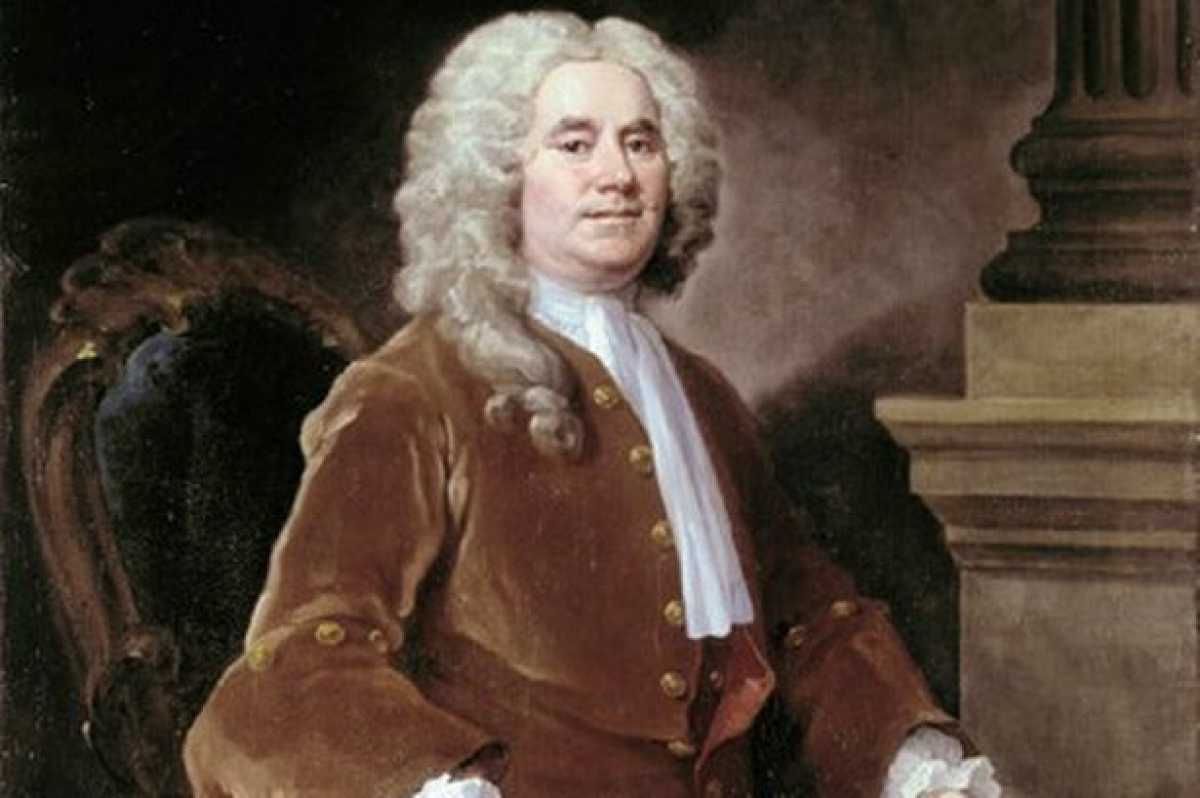Education
Mathematical Genius William Jones: The Man Behind the Pi Day Celebration

In 1706, a self-taught mathematical genius from Anglesey, William Jones, made history by defining π for the first time, unlocking its practical applications. Born in Llanfihangel Tre’r Beirdd in 1675, Jones received basic education but showcased exceptional arithmetic skills from a young age.
Known for realizing the true nature of π as an infinite, irrational number, Jones identified the need for a unique symbol to represent it. His contributions led to the establishment of Pi Day, celebrated internationally on March 14th.
Despite humble beginnings, Jones worked with notable figures like Sir Isaac Newton and Edmond Halley, contributing to the practical application of mathematical theories. His book, Synopsis Palmariorum Matheseos, garnered attention from academia and further elevated his status in the mathematical community.
Jones’ naval journey with the Royal Navy and his subsequent teaching experiences at sea highlighted his passion for sharing mathematical knowledge. His involvement in the battle of Vigo and subsequent ventures solidified his reputation as a versatile mathematician.
Throughout his lifetime, Jones made significant strides in enhancing mathematical concepts. His work extended to fields such as astronomy, navigation, and even timekeeping, revolutionizing various aspects of daily life.
Upon his passing in 1749, Jones left behind a rich legacy, including a vast library of mathematical works. Cambridge University‘s acquisition of his book collection in 2000 marked a pivotal moment in preserving his intellectual contributions.
To commemorate his impact, discussions on Jones’ legacy continue to thrive, with events like the PI Futures conference providing a platform to delve into the evolving landscape of mathematical innovation and its real-world applications.
As the world celebrates Pi Day each year, it is a testament to the enduring influence of William Jones and his pioneering work in reshaping mathematical understanding and practicality.












